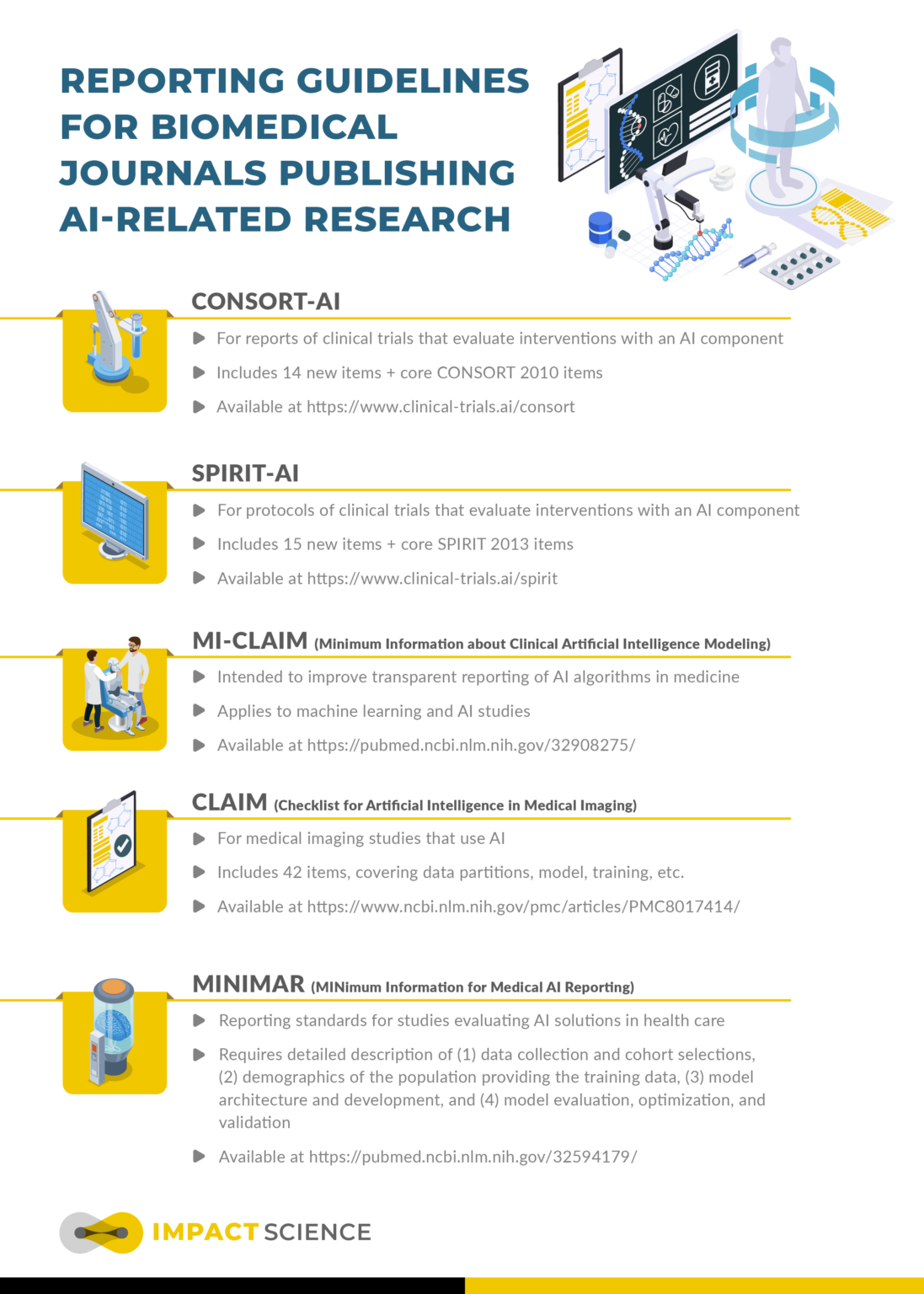In the rapidly evolving landscape of medical research, artificial intelligence (AI) has emerged as a transformative force, revolutionizing the way diseases are diagnosed, treatments are administered, and patient outcomes are predicted. As AI becomes increasingly integrated into medical practices, it is imperative for medical journal editors to establish comprehensive guidelines to ensure the integrity, transparency, and ethical use of AI in research articles.
AI holds immense promise in augmenting clinical decision-making processes, analyzing vast datasets, and uncovering patterns that may evade human perception. Its ability to sift through complex data sets with speed and precision has led to breakthroughs in disease detection, personalized medicine, and treatment optimization.
However, with great potential comes inherent challenges. The complexity of AI algorithms, the potential for bias, and the lack of standardized reporting pose significant hurdles in ensuring the reliability and reproducibility of AI-driven research. Therefore, it is imperative for medical journal editors to provide their authors with clear guidelines that address the methodology, validation, and interpretation of AI algorithms in research articles.
The below infographic aims to elucidate different AI-related guidelines tailored for medical journal publications. By fostering transparency, accountability, and adherence to best practices, these guidelines not only enhance the quality of AI-driven research but also safeguard the integrity of medical literature, ultimately advancing patient care and outcomes.










